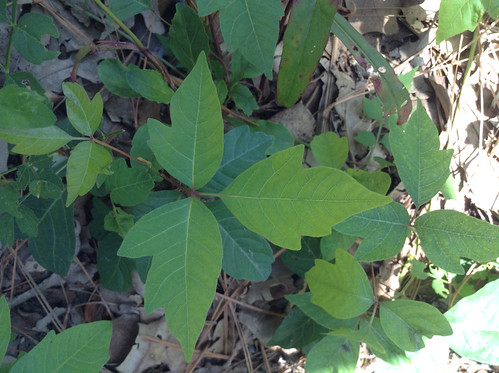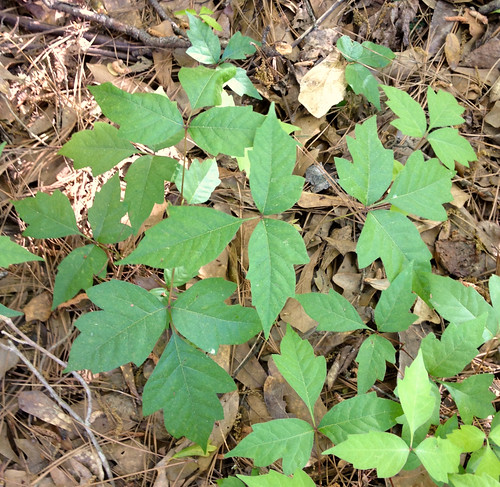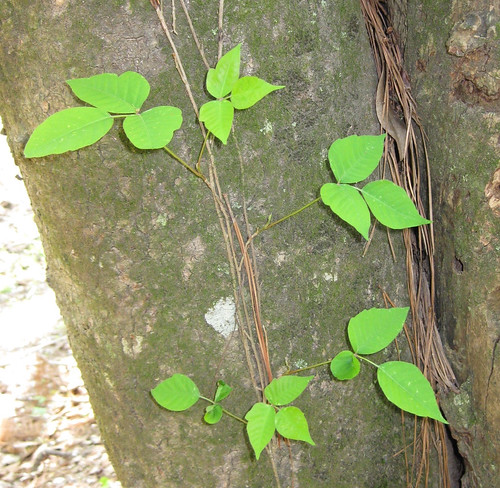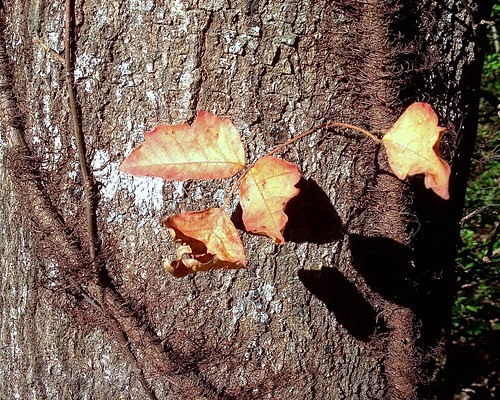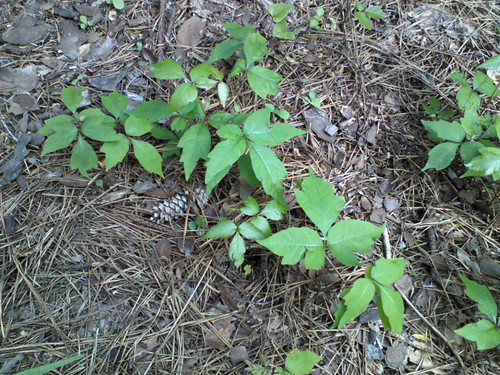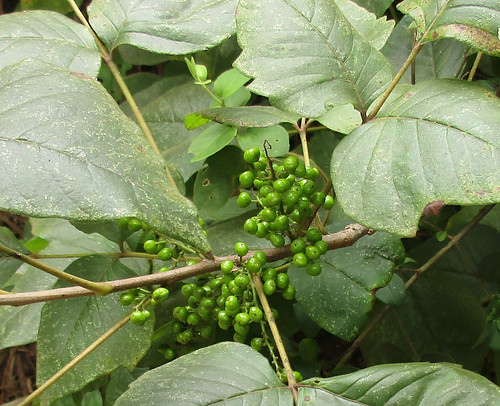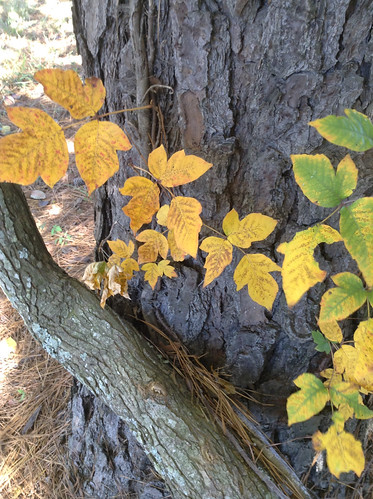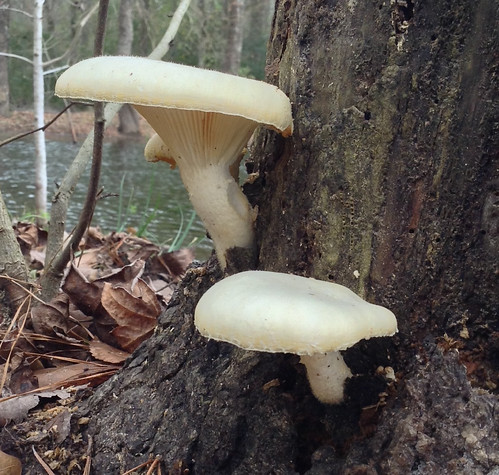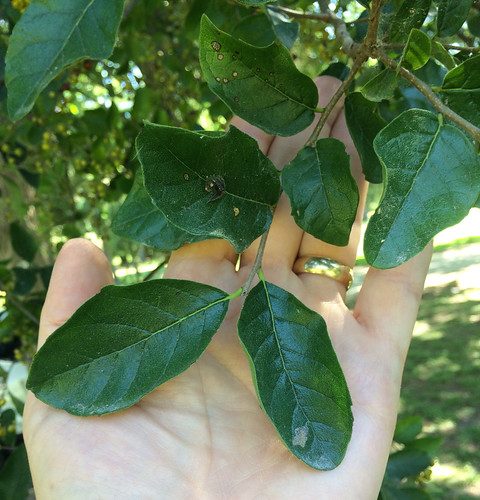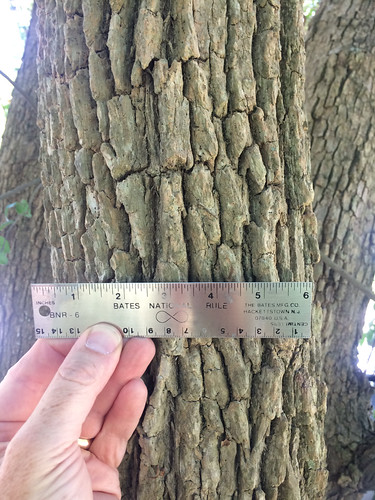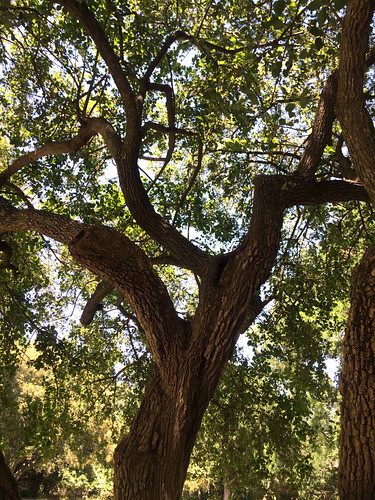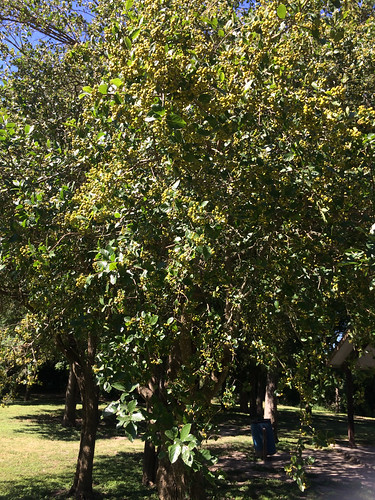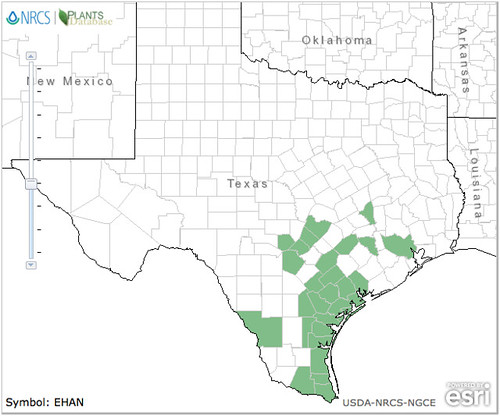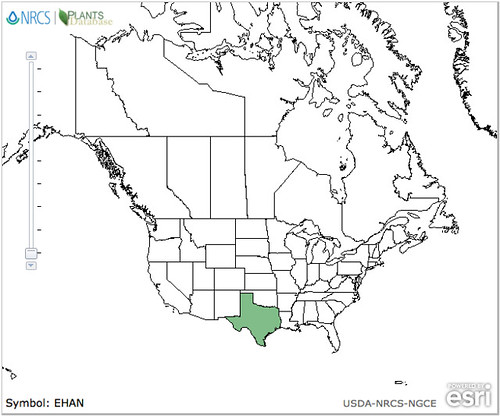Having a reliable source of power during a natural (or man-made!) disaster isn't just a matter of comfort, it can save your or someone else's life. However, with so many different methods of maintaining emergency power, the options, cost, pros and cons of all the different ways can be overwhelming. The goal of this post is to help you understand those option and then decide which best fits your power needs, available space, budget, and level of effort.
Everyone has different power needs but how does one figure out how much power is needed? It boils down to what sort of equipment do you need to power? If all you need is to recharge your smartphone every so often you won't need much. You or a family member needs a CPAP machine? You'll need more. Want to run and AC unit, fridge, freezer, and computer network? You can do that if you're willing. So let's look at calculating your power needs, but to do that we need to learn some terms and units of measuring electricity.
Important Definitions
Amp-hour (aka ampere-hour aka Ah): unit of electrical charge needed to produce 1 amp of power continuously for 1 hour. Commonly used to describe power potential of batteries
Watts (aka W): unit of measure describing energy flow
Voltage (aka V): unit of measure of how badly electricity wants to get from point A to point B. May be either AC (alternating current) or DC (direct current)
AC (aka alternating current): electricity produced by the spinning of a generator produces electricity who's direction of flow from point A to point B keeps changing direction. The electricity coming out of your wall outlet, gas-powered generator, or wind-powered generator is AC and most household devices are designed to use this sort of alternating current or they have a device which converts the AC to DC (direct current).
DC (aka direct current): this is electricity which always flows in the same direction from point A to point B. Electricity from batteries and solar panels is DC and so any equipment that uses batteries is also DC.
Load a measurement of how much power a device needs to operate, usually measured in amps or watts. Devices with an electrical motor such as air conditioners, fridges, and freezers have both a high initial load and then a lower continuous running load. This means the power requirements can be high. Electronics, lights, radios, and other items that don't have a motor usually require less power.
Battery a devices that generates electrical power by a chemical reaction. The chemistry can be acid or lithium based and they are designed to be either one-time use or rechargeable. Large rechargeable batteries include car batteries or "deep-cycle" batteries that power things like golf carts, electric scooters, or automobile "jump-starters". The power output of batteries is usually measure in amp-hours. Example, a 25Ah battery can produce 1 amp of power for 25 hour, 25 amps for 1 hour, or some other balanced combination of that output. The power output can also be measured in Watt-Hours by multiplying amp-hours by voltage. Example, for a 12VDC, 25Ah battery, 12 x 25 = 300 Watt-Hours. Like with amp-hours, this can be 1 Watt for 300 hours, 300 Watts, for 1 hour, or some balanced mix.
Car Battery a type of large battery found in diesel and gasoline-powered automobiles, which turns the starter motor when the car is first started. These are designed to produce a lot of current really fast at 12.6 VDC (Volts of DC). They will be permanently damaged if drained down to where they're producing less than 11.9 VDC. While driving, your vehicle recharges the battery using 13.5-14.7 VDC.
Deep-Cycle Battery a type of large batteries that is designed to be charged up and then expended hundreds or thousands of times as opposed to a car battery. They usually are designed to produce 12 VDC for long periods of time as opposed to the quick power production of a car battery. They can be drained somewhat lower than a car battery without damage. Deep-cycle batteries are used to store power from solar panels.
Inverter an electrical device which converts DC power from a battery (car or deep-cycle) or solar panel into AC power need for many household electronics. Expensive inverters convert the direct (DC) current into "real" (sine wave) AC electricity. Cheaper inverters convert the DC into "square" sine waves which can damage electronics. Inverters come in different sizes to handle different power demands. You need to make sure your inverter can handle the power needed. If it's too small you'll blow its fuse.
Fuse a safety device made of a thin wire enclosed in a plastic or glass case included as part of the power system. If your load exceeds the power available the thin wire will heat up and melt, cutting power to the device but also preventing more serious damage to the power-supplying battery, generator, or solar panel. When a fuse "blows" or burns out to save the equipment it must be replaced to complete the circuit before the system will work again. If it blows you need to reduce the load on your power supply by either reducing the number of devices trying to use power or changing to a bigger source of power. If your system has fuses it's good to keep replacement fuses on hand in case you accidentally blow a fuse.
Circuit-Breaker a more advanced type of fuse that works mechanically to break the circuit if the load is too big for the power source. These usually have a button that one presses to reset the circuit breaker rather than needing replacement like a fuse.
Generator a device that produces electrical power by rotating a coil of insulated copper wire in a magnetic field. This causes electrons in the copper to flow which we can then use to power stuff. The output is generally AC due to the coil's rotation. Rotating the coil is done by some sort of engine running on gasoline, diesel fuel, propane, or natural gas. Electrical power output is based on the horsepower of the engine spinning the coil and generally range from 800 Watts to over 10,000 Watts.
Solar Panel a device that converts sunlight into electricity as DC voltage. The type and size of the panel, the temperature it is, and how much light is hitting it determines how much power a solar panel puts out. Output is given in Watts. A small panel designed to just charge a cell phone may produce 0.5 to 10 Watts. A large panel may produce 300 Watts. 100 Watt panels currently give the best cost to power value.
Charge Controller a device that is connected between a solar panel and a battery to protect the battery as it charges. The amount of power being put out by a solar panel is constantly changing due to the angle of the sun, clouds, or other shade coming and going. If the solar panel puts out power with a voltage greater than 14.7 VDC the attached battery(s) can be ruined. Cheap, basic "PWM" charge controllers (under $30) only protect the battery whereas expensive (over $100) "MPPT" charge controllers do all sorts of other magic to optimize the charge of batteries. I use an MPPT charge controller in my system to minimize the time need for my 100 Watt solar panel to charge my 30Ah deep-cycle battery, taking about 4 hours of sunlight.
Calculating Power Requirements
All electrical devices sold in the USA are required to have a UL Label showing its power needs. This label will list the voltage amount and type, start-up amps, and running amps the thing needs. An example is shown below and a yellow box marks the amps and voltage it needs.
To run this, I need to give it 5 amps supplied via 115 VAC (Volts of Alternating Current). To see if I can power it I need to convert this to Watts by multiplying the amps by the volts: 5.0A x 115 VAC = 575 Watts. My single 100 Watt solar panel isn't nearly enough, I'll need to run it off my 3250 Watt propane generator.


